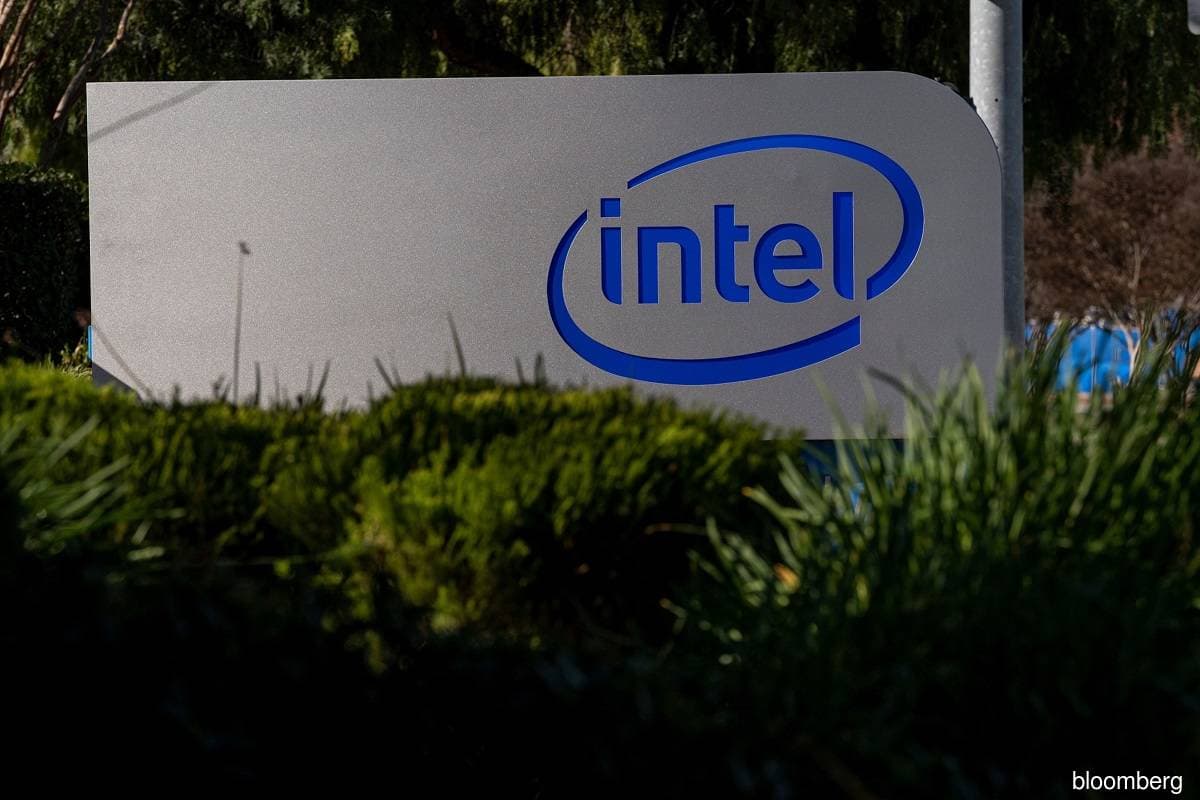
KUALA LUMPUR (Jan 26): Intel Corp's US$20 billion (about RM83.79 billion) chip factory investment echoes a larger trend among chip manufacturers that are expanding their US presence to meet future semiconductor demand amid ongoing global shortages.
Recently, Intel announced that it will invest more than US$20 billion in the construction of two new Ohio-based chip factories aimed at boosting production to meet surging demand for semiconductors.
They are just the latest in a series of vendors, including Samsung, Texas Instruments and GlobalFoundries, that are planning to build or expand their semiconductor manufacturing presence in the US within the next three to five years.
In an interview published on Tuesday (Jan 25), technology research and consulting firm Gartner Inc research vice-president and analyst Alan Priestley said the global automotive industry had, in particular, felt the reverberating effects of chip shortages.
“In the US, where automotive manufacturing is a key component of the national economy, the federal government responded throughout last year with the introduction of legislation and new programmes aimed at increasing domestic semiconductor manufacturing.
“Such programmes attempt to curb future disruptions to the supply chain by reducing reliance on semiconductor fabrication plants based in Asia,” he said.
Priestley added that that for example, the CHIPS for America Act, part of the National Defense Authorization Act for Fiscal Year 2021, authorised US$52 billion in funding to support the expansion of the US semiconductor market.
He said irrespective of the shortages, Intel and other vendors need new fabrication plants to support the next generation of process nodes.
“As the US continues to demonstrate its willingness to invest in semiconductor manufacturing, it is becoming an appealing market for such expansion,” he noted.
Semiconductor shortages
Priestley said while the fourth quarter of 2021 saw a modest improvement in semiconductor inventories over the previous three quarters, inventories had not yet returned to normal levels.
He expects they will recover gradually and enter the normal zone by the second quarter of this year.
“However, new restrictions and supply chain disruptions caused by the Omicron variant [of Covid-19] could further delay the market’s recovery.
“In a pessimistic scenario, this would mean shortages could last into the fourth quarter of the year,” he added.
Priestley said as a result of the shortages, businesses can expect to see continued extension of PC shipment lead times.
“We may also see delays in new product launches or even defeaturing of products — for example, lowering the memory or storage capacity of PCs and mobile devices.
“Those looking to procure devices for their enterprises should watch out for new lockdown announcements, restrictions on free movement of material and the workforce, and delays in capacity expansion.
“These may be early indicators that semiconductor shortages will extend further into 2022,” he explained.
Meanwhile, Priestley cautioned that as it will take years before new US semiconductor manufacturing facilities are fully operational, such expansion will not alleviate current chip shortages.
“It will, however, help support the production and delivery of chips for US-based electronics and automotive manufacturers.
“Still, it’s important to note that building new leading-edge fabrication plants in the US does not make the region self-sufficient.
“Electronics products rely on chips from a wide range of fabricators, and most semiconductors are integrated into products in factories based outside of the US, so this will continue to be a largely global market,” he noted.